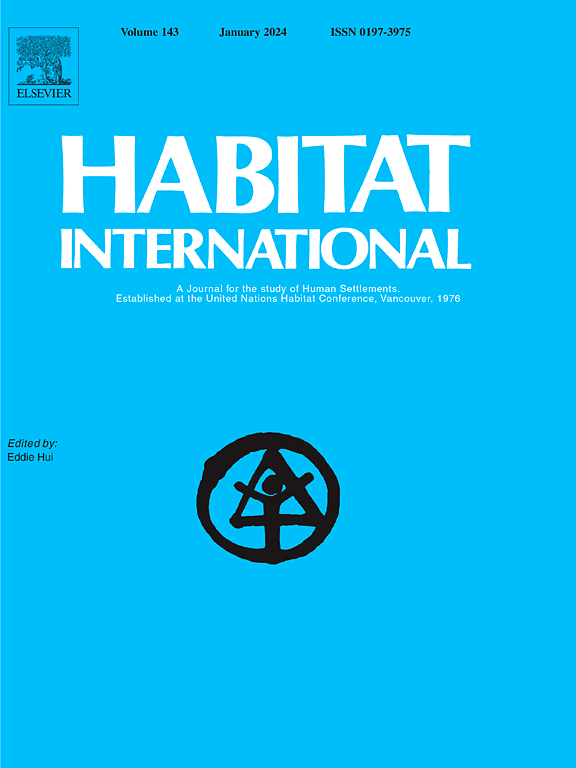The welfare performance of low-carbon city practice: An innovative tool for assessing urban sustainable development
IF 6.5
1区 经济学
Q1 DEVELOPMENT STUDIES
引用次数: 0
Abstract
Extreme climate change is challenging the sustainable development of human beings. The practice of low-carbon cities is an urgent mission worldwide. While previous studies evaluate low-carbon cities from either an input or output perspective, lacking of evaluation based on welfare perspective. This study introduces an innovative tool, the Welfare Performance of Low-Carbon City Practice (WPLCC), to assess urban sustainable development performance. The Super-SBM method is employed as the measurement model. An empirical study of 256 Chinese cities from 2006 to 2020 reveals the spatial-temporal evolution of WPLCC. The findings indicate that: (1) there is an imbalance in WPLCC in China, with the ecological welfare transformation stage significantly outperforming the production transformation stage. (2) Spatially, the overall WPLCC in China shows a circular distribution pattern, exhibiting poor performance in central areas and better performance in surrounding regions. (3) WPLCC performances display significant regional heterogeneity; for example, four municipalities excel in both production and welfare transformation stages. (4) Tailored strategies should be implemented based on performance types and low-carbon process while maintaining policy flexibility. The developed evaluation tool provides a novel perspective for LCC assessment, and empirical findings can offer valuable insights for formulating effective strategies to achieve urban sustainable development goals.
低碳城市实践的福利绩效:一个评估城市可持续发展的创新工具
极端气候变化正在挑战人类的可持续发展。实践低碳城市是世界范围内的一项紧迫任务。而以往的研究大多是从投入或产出的角度对低碳城市进行评价,缺乏基于福利视角的评价。本研究引入创新工具低碳城市实践福利绩效(Welfare Performance of Low-Carbon City Practice, WPLCC)来评估城市可持续发展绩效。采用Super-SBM方法作为测量模型。通过2006 - 2020年256个城市的实证研究,揭示了城市城市发展的时空演化特征。研究结果表明:(1)中国生态环境变化存在不平衡,生态福利转型阶段显著优于生产转型阶段;②从空间上看,中国WPLCC总体呈圆形分布格局,中心区域表现较差,周边区域表现较好;(3) WPLCC表现出显著的区域异质性;例如,四个城市在生产转型和福利转型两个阶段都表现突出。(4)在保持政策灵活性的同时,应根据绩效类型和低碳过程实施量身定制的战略。所开发的评价工具为LCC评价提供了一个新的视角,实证研究结果可以为制定有效的城市可持续发展战略提供有价值的见解。
本文章由计算机程序翻译,如有差异,请以英文原文为准。
求助全文
约1分钟内获得全文
求助全文
来源期刊

Habitat International
Multiple-
CiteScore
10.50
自引率
10.30%
发文量
151
审稿时长
38 days
期刊介绍:
Habitat International is dedicated to the study of urban and rural human settlements: their planning, design, production and management. Its main focus is on urbanisation in its broadest sense in the developing world. However, increasingly the interrelationships and linkages between cities and towns in the developing and developed worlds are becoming apparent and solutions to the problems that result are urgently required. The economic, social, technological and political systems of the world are intertwined and changes in one region almost always affect other regions.
 求助内容:
求助内容: 应助结果提醒方式:
应助结果提醒方式:


